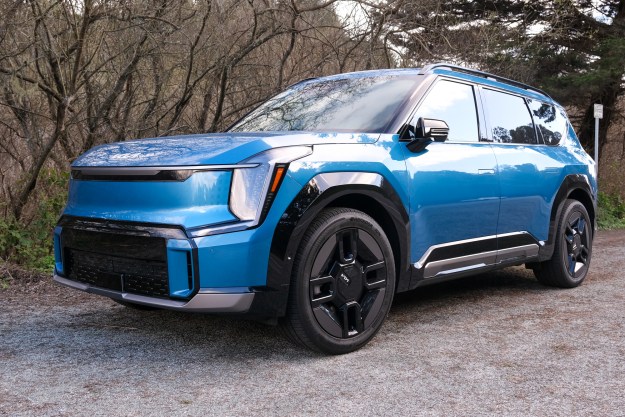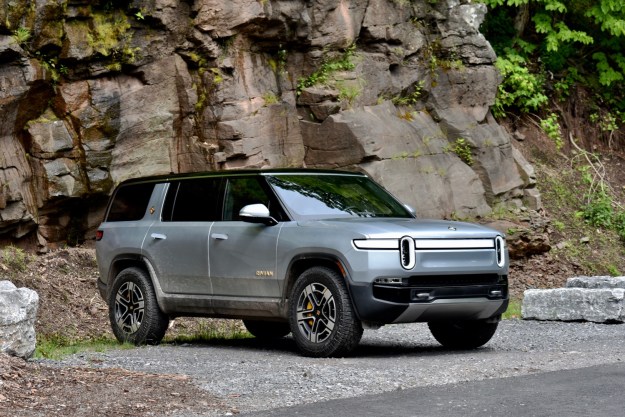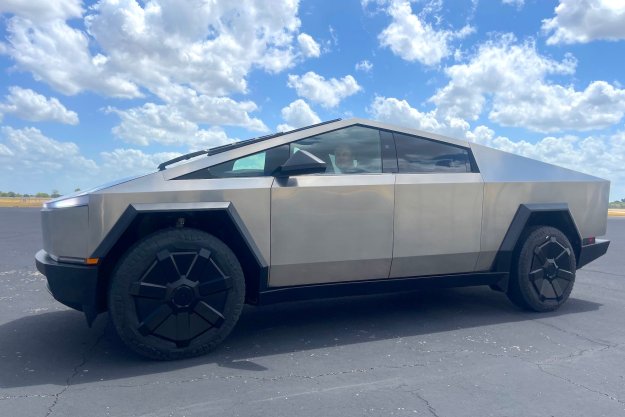Germany’s Nürburgring Nordschleife is a very public proving ground for new cars. No serious performance car’s spec list is complete without a Nürburgring lap time, it seems. Which is why General Motors brought the 2017 Chevrolet Camaro ZL1 to Germany.
The ZL1’s 7:29.60 best lap was not only 11.67 seconds quicker than the previous-generation Camaro ZL1, it was also quicker than several blue-blood performance cars. The ZL1 beat the McLaren 650S Spider, Koenigsegg CCX, and Mercedes-AMG GT S, among others, noted Jalopnik. The Chevy also beat what is arguably its closest rival, the Ford Shelby GT350R Mustang.
Under the hood of Chevy’s hottest Camaro is the same 6.2-liter supercharged LT4 V8 used in the Corvette Z06. It produces 650 horsepower and 650 pound-feet of torque, which is routed to the rear wheels. Chevy sent a car equipped with the new 10-speed automatic transmission (co-developed with Ford) to the Nürburgring, but a six-speed manual will also be available.
Read more: VW Golf GTI Clubsport S sets front-wheel drive ‘Ring lap record
With that engine, it may not seem surprising that the ZL1 can turn in impressive Nürburgring lap times. But the fact that this muscle car can hang with proper sports cars in the handling department is truly significant. A powerful engine only helps you go fast in a straight line, after all, and there are plenty of curves on the 12.9-mile ‘Ring. Like Ford with its Mustang, Chevy has made efforts to make the Camaro into a more well-rounded sports car, and those efforts seem to be paying off.
The ZL1 deployed at the Nürburgring was virtually stock, except for added Sparco racing seats with six-point harnesses, a roll hoop, and data acquisition equipment. The car was equipped with Magnetic Ride Control adaptive suspension, Brembo brakes, and no less than 11 heat exchangers. All of these features will be available in showrooms, although they might not all be standard equipment.
Other ZL1-specific features include underbody shielding, a rear spoiler and diffuser, reshaped front fascia, and the “flowtie” grille badge introduced on the discontinued Camaro Z/28.


